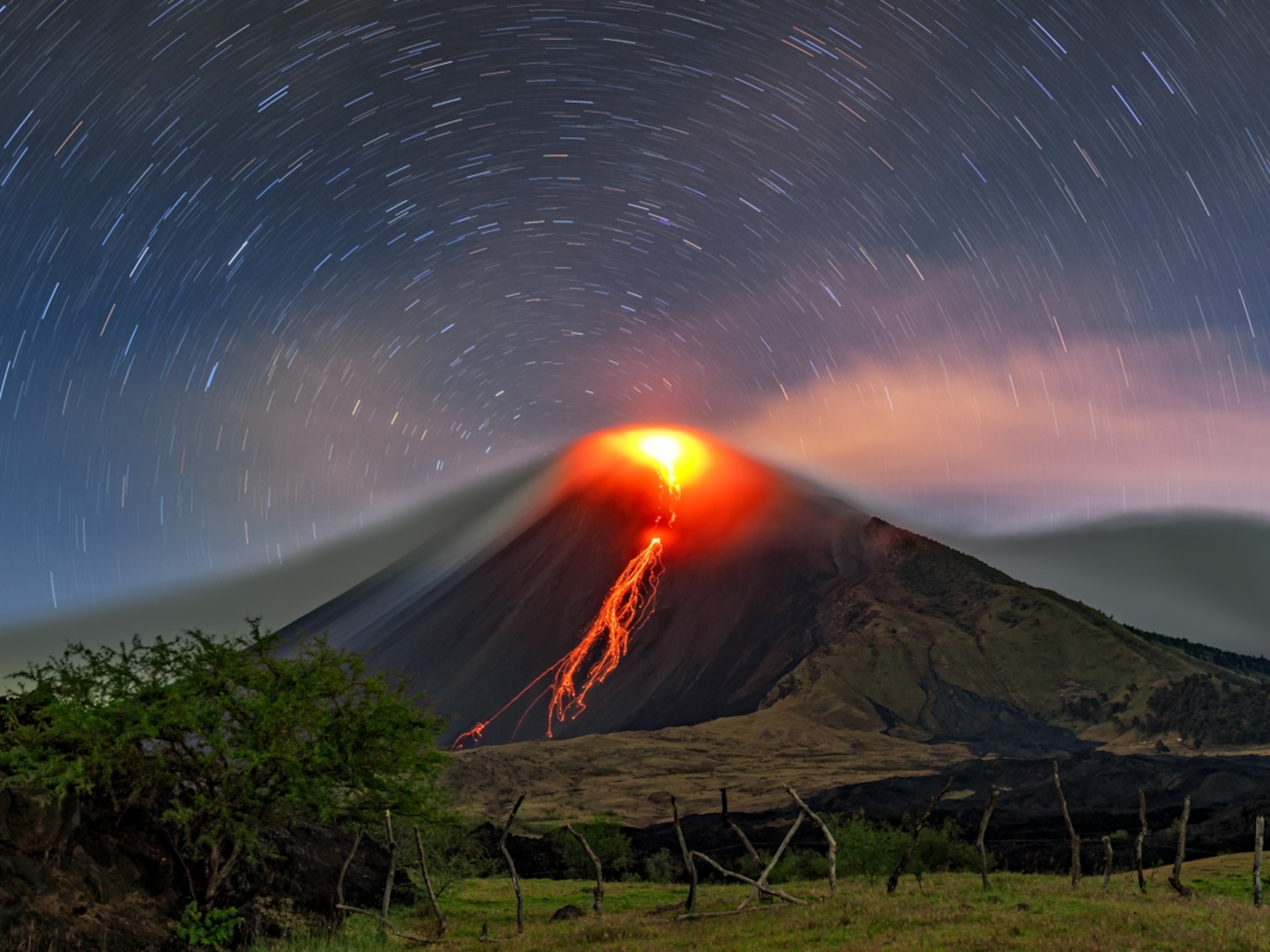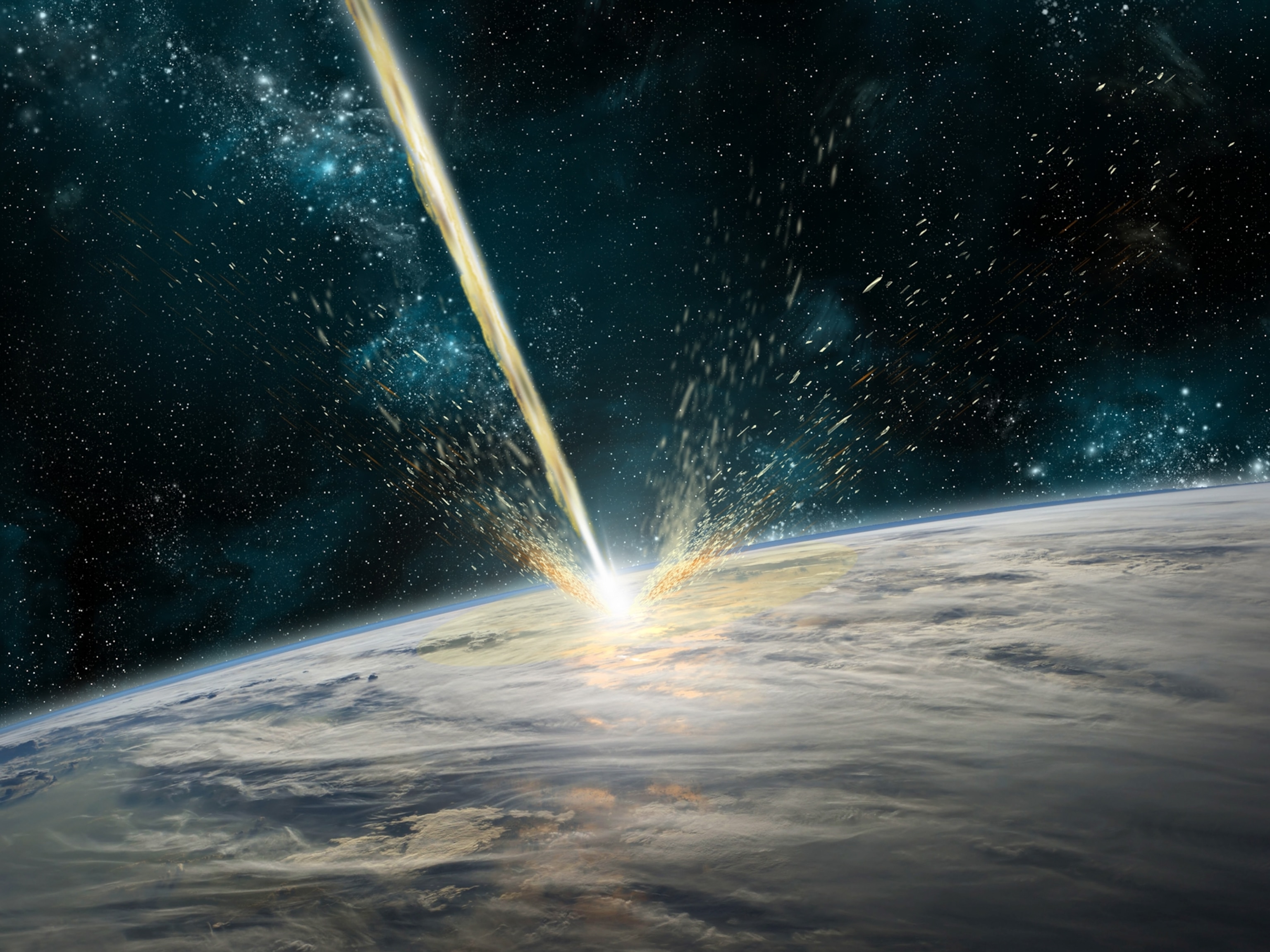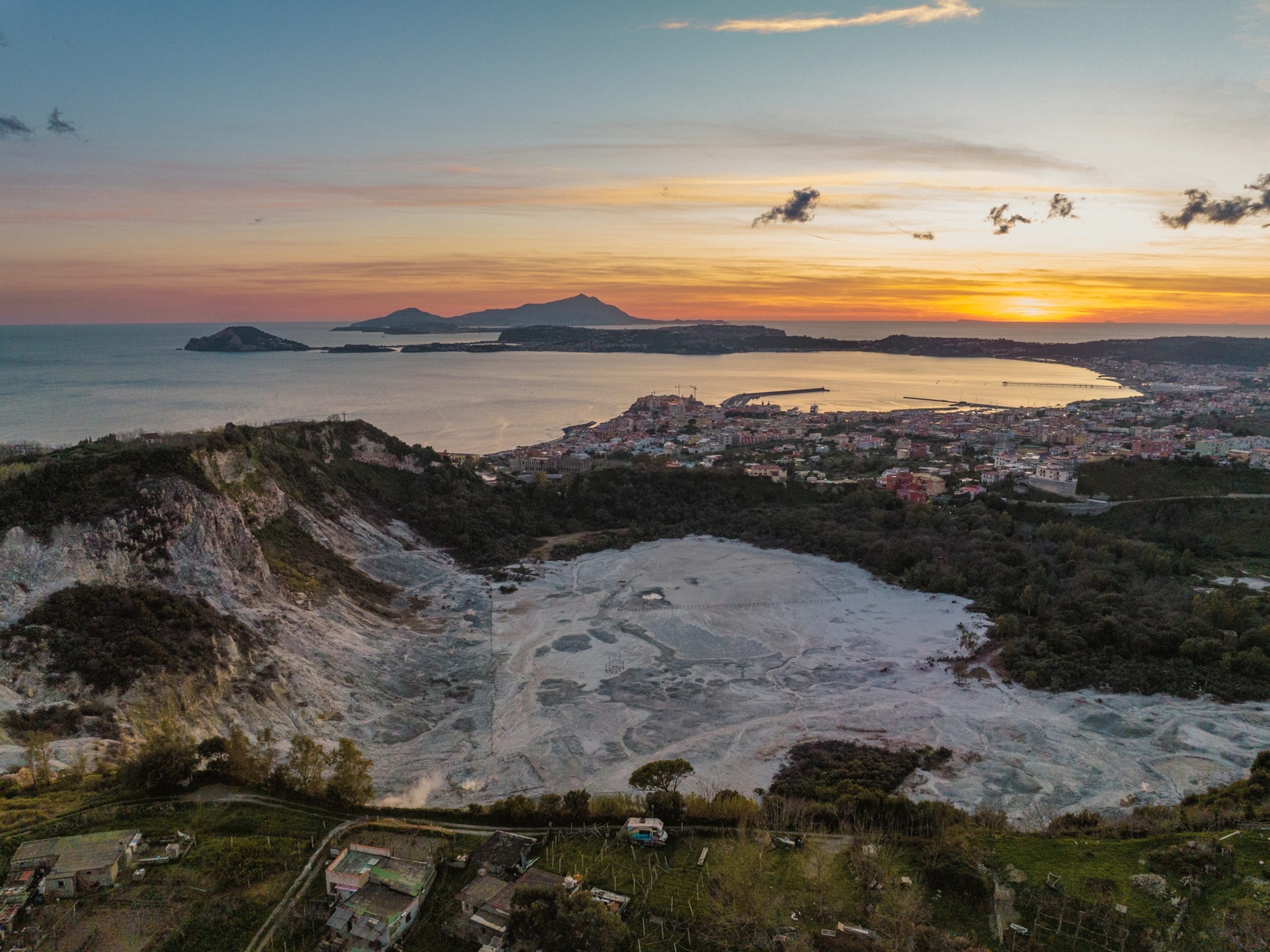
Mistakes Led to Needless Deaths From Worst Volcanic Blast
There were signs that an eruption was coming, but no one predicted how big it would be.
Government officials had plenty of time to ensure that everyone was safely evacuated from the area around Mount St. Helens, the Washington State volcano that erupted on May 18, 1980. The mountain had been showing signs that it might blow for months before that fatal Sunday. But logging interests, which owned most of the land around the volcano, were at odds with geologists over how big the danger zone should be. And no one anticipated the strength of the eruption, which spewed 540 million tons of ash into the air and killed 57 people. [Find out why Mount St. Helens is still dangerous.]
In Eruption: The Untold Story Of Mount St. Helens, Steve Olson examines the worst natural disaster to strike the United States in recent times and recounts heart-stopping stories of survival and death. Talking from his home in Seattle, he explains how a report that sat unsigned on Governor Dixy Lee Ray’s desk could have saved lives; how a family of four were miraculously plucked by helicopter from the Green River; and what scientists have learned about how nature responds to catastrophes. [See pictures of Mount St. Helens, before and after the blast.]
Where does Mount St. Helens rank among American disasters and volcanic eruptions like Krakatoa and Pompeii?
It was one of 50 large eruptions of Mount St. Helens that have occurred in the past 500 years and the largest, most powerful natural disaster that has occurred in the modern United States. Katrina was an extremely powerful storm. But the amount of energy released by Mount St. Helens was even greater.
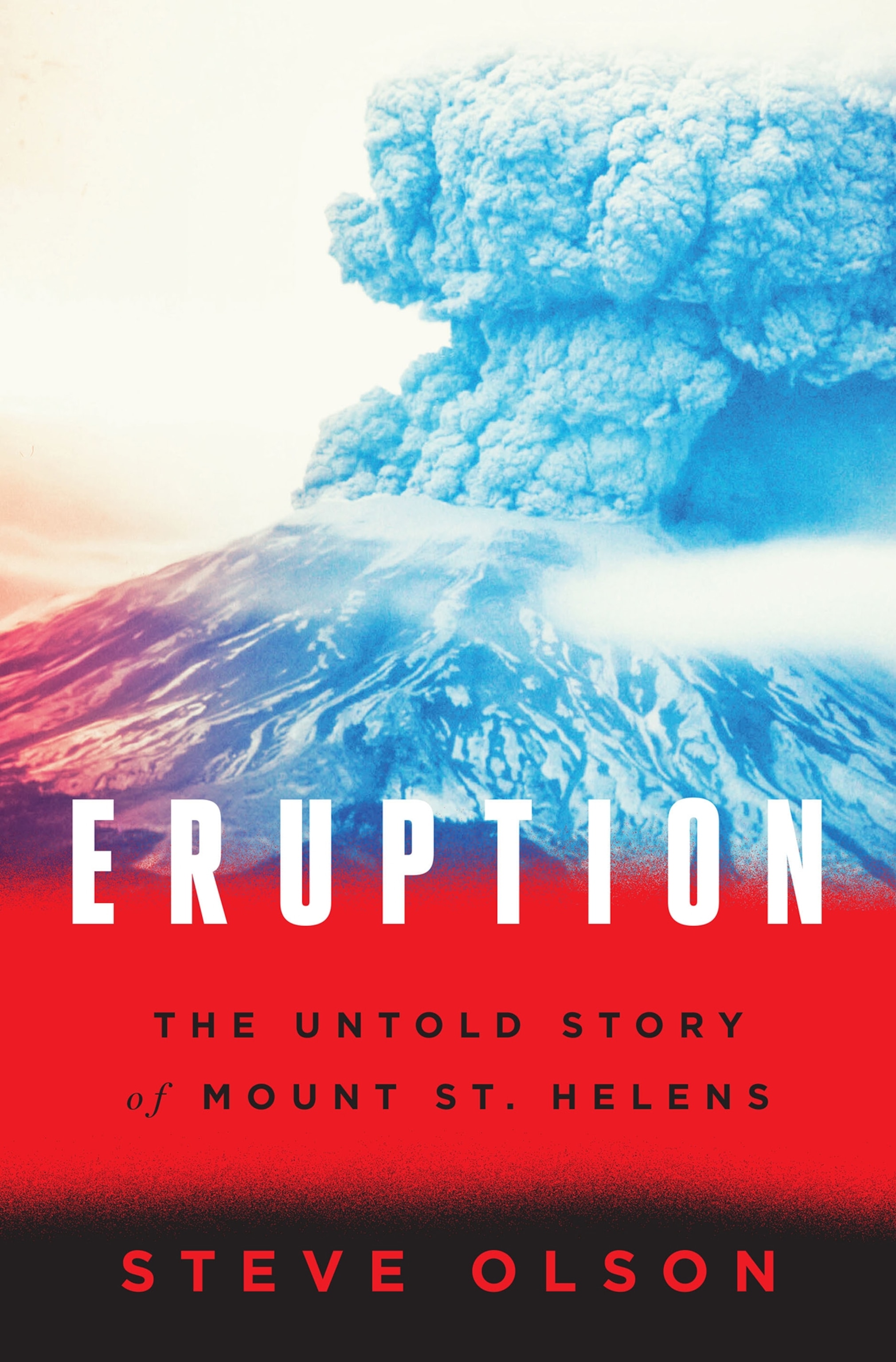
The thing that surprised geologists was that the blast devastated a large area. That caught them off guard and was the reason so many people were killed. But it was incredibly lucky that the eruption occurred on a Sunday morning. If it had happened during a weekday, hundreds of loggers would have died. I talked to people who said, “If it had been Monday through Friday during the day, I wouldn’t be here talking with you right now.”
Put us on the ground on the day of the eruption—and describe the events leading up to it.
For approximately two months before the eruption there had been this succession of events in the mountain, starting with the initial earthquake and followed by subsequent earthquakes. One of the complications was that geologists were uncertain what the mountain was going to do. There were a lot of predictions and on the basis of those predictions, government officials were trying to make warnings and draw danger zones around the mountain. But the mountain was inherently unpredictable up to the cataclysm of May 18.
One of the remarkable things about this eruption is that it occurred on a clear, cloudless, sunny Sunday morning. Thus, it was the first event of this nature to be extensively photographed and videotaped. A husband and wife geologist team, Keith and Dorothy Stoffel, was flying over the mountain in a small airplane when the big eruption started. They saw a crack that formed across the top of the mountain, and then the whole north side of the mountain started sliding down toward Spirit Lake and the Toutle River, 3 to 4 miles away. No geologists had ever seen a landslide of this magnitude before. It was the largest landslide in recorded human history.
A number of mistakes were made in the run-up to the disaster that caused loss of life. Tell us about them.
It is true that mistakes were made, which resulted in the danger zone being smaller than it should have been. Partly it was because geologists in the 1980s did not have the technology or information to know the range of ways in which Mount St. Helens and other volcanoes can react. There has never been a lateral blast of this size and that caught the geologists by surprise.
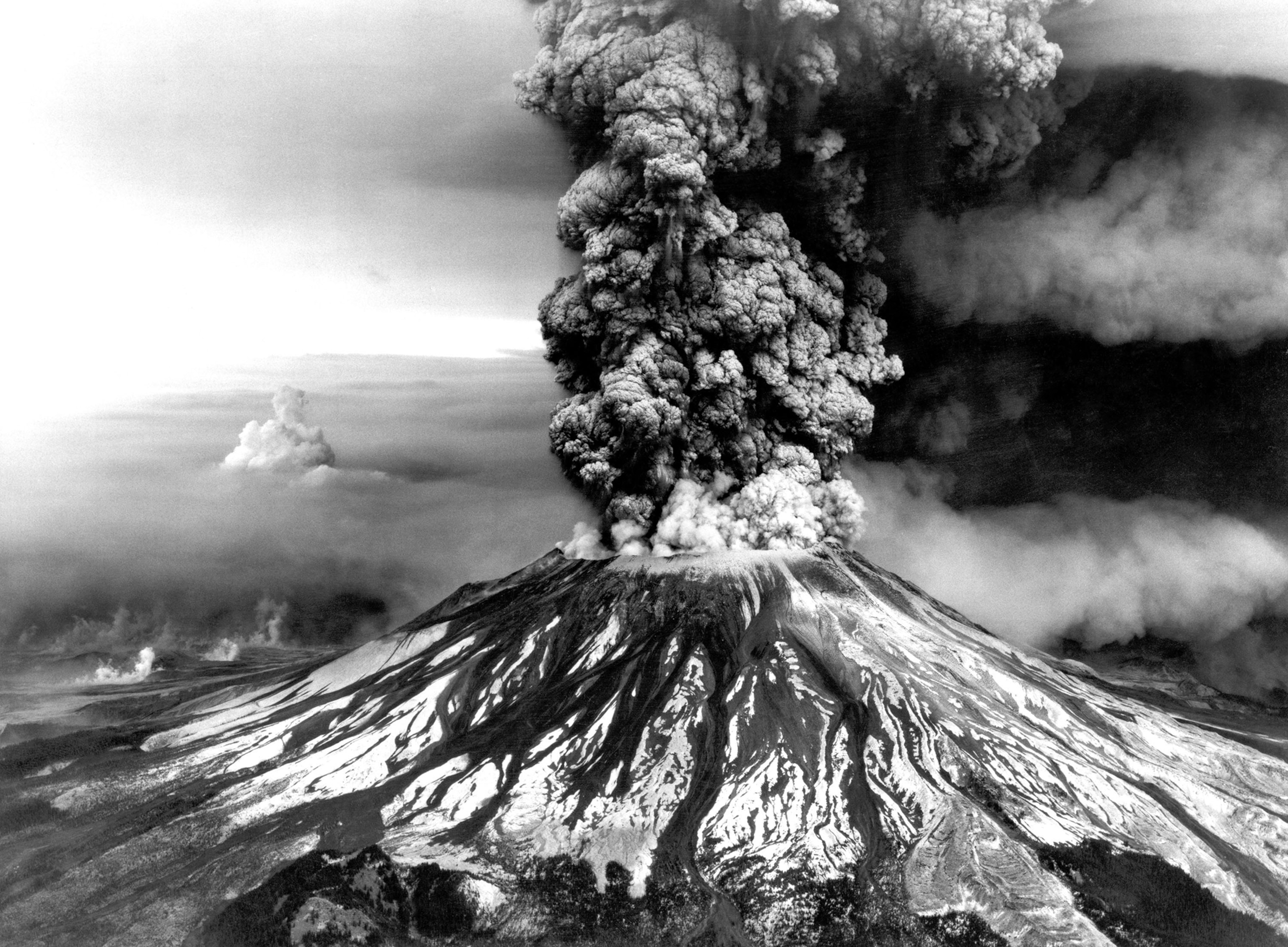
It’s government officials, though, who determine the risks to human life and property posed by a volcanic hazard like this. And in setting up the danger zones around the mountain, local officials decided not to impose restrictions on the logging of old growth forests being done by the Wyerhaeuser company around Mount St. Helens. As a result, the danger zone was much too close to the volcano. At its closest, the danger zone was only three miles away. Pompeii, which I visited a couple months ago, is six miles from Vesuvius—and was destroyed within a few hours of the eruptions.
How many people died as a result of those decisions?
Of the 57 people who were killed, only three were designated as being in the danger zone. The other 54 were all outside it. Some of them were quite distant from the volcano. But others were much closer than they should have been because the danger zones were too small.
There was a proposal to expand the danger zone sitting on the governor’s desk that weekend but she did not find it before the eruption occurred. She was engaged in another event. Law enforcement was ready to impose a new exclusion zone on the mountain that weekend but the papers were not signed in time. After the mountain erupted, the governor claimed that all of the fatalities had been in the danger zone. That clearly was not the case. That was a misstatement by the governor.
One of my favorite moments is when President Carter is flown toward the disaster zone. Tell us that story and how logging played a role.
Here in the Pacific Northwest, it is generally held that clear-cutting is the best way to harvest old growth forests, which are mostly Douglas fir. Yet they can devastate the landscape almost as much as a volcanic eruption. That’s why it was so ironic that President Carter looked out the window and said, “Look at that incredible devastation.” The head of the Forest Service replied, “Oh no, Mister President, those are just clear cuts. We haven’t gotten to the volcano yet.”

One of the most amazing stories is about the Moore family, who were camping on the Green River with their infant daughter and toddler. Tell us about their amazing escape.
Mike and Lu Moore were camped, with two other groups, on the Green River. The other two groups both had fatalities but the Moores just happened to camp in the shadow of a large mountain that stood between them and Mount St. Helens. As a result, the trees under which they were camping did not fall.
They decided to try and get back to their car. So they started walking back down the trail past trees that had been blown down by the volcano. They realized they couldn’t get over those trees—there was probably a mile of downed trees—so they set up their tent and spent another night in the woods.
They had a four-year-old and a three-month-old daughter with them. Fortunately, Lu, the mother, was wearing a bright orange fleece jacket, which the helicopter pilots flying overhead spotted down on the Green River. The pilot was worried about overloading his helicopter and shouted to the Moore family, “You’re gonna have to leave that backpack behind.” Lu Moore shouted back, “There’s a baby in it!” To which the pilot replied, “OK, you can keep the baby!”

Others were not so lucky. Tell us about Harry Truman (not the president!).
Harry Truman, who was closest to the volcano, became nationally and even internationally famous for his refusal to leave his lodge. He was portrayed by the press as sort of a rugged western loner who defied government authority. He had owned the lodge for more than 50 years, and his refusal to evacuate caused difficulties for local law enforcement. People would say, “Harry Truman is up in his lodge, why can’t I go to my property?”
The blast was so powerful it broke off trees 10 feet in diameter, as if they were matchsticks. Harry Truman’s lodge was instantly destroyed and all the structures on Spirit Lake were buried under 200 feet of avalanche debris. Not a sign of them was ever found again.
Setting up the National Volcanic Monument was not an easy task—tell us why it was so important.
Even before the eruption of 1980, there were people who were advocating for putting aside areas around the mountain because it was this beautiful area of old growth forest, lakes, and hiking trails. All of that was wiped out by the eruption. Suddenly, you had this moon-like landscape. So they had to make quite a shift in strategy to figure out what to do. They still wanted to protect areas around the mountain. But, instead of recreation, they thought this would be a great scientific opportunity to study the renewal of areas after devastation like this occurs.
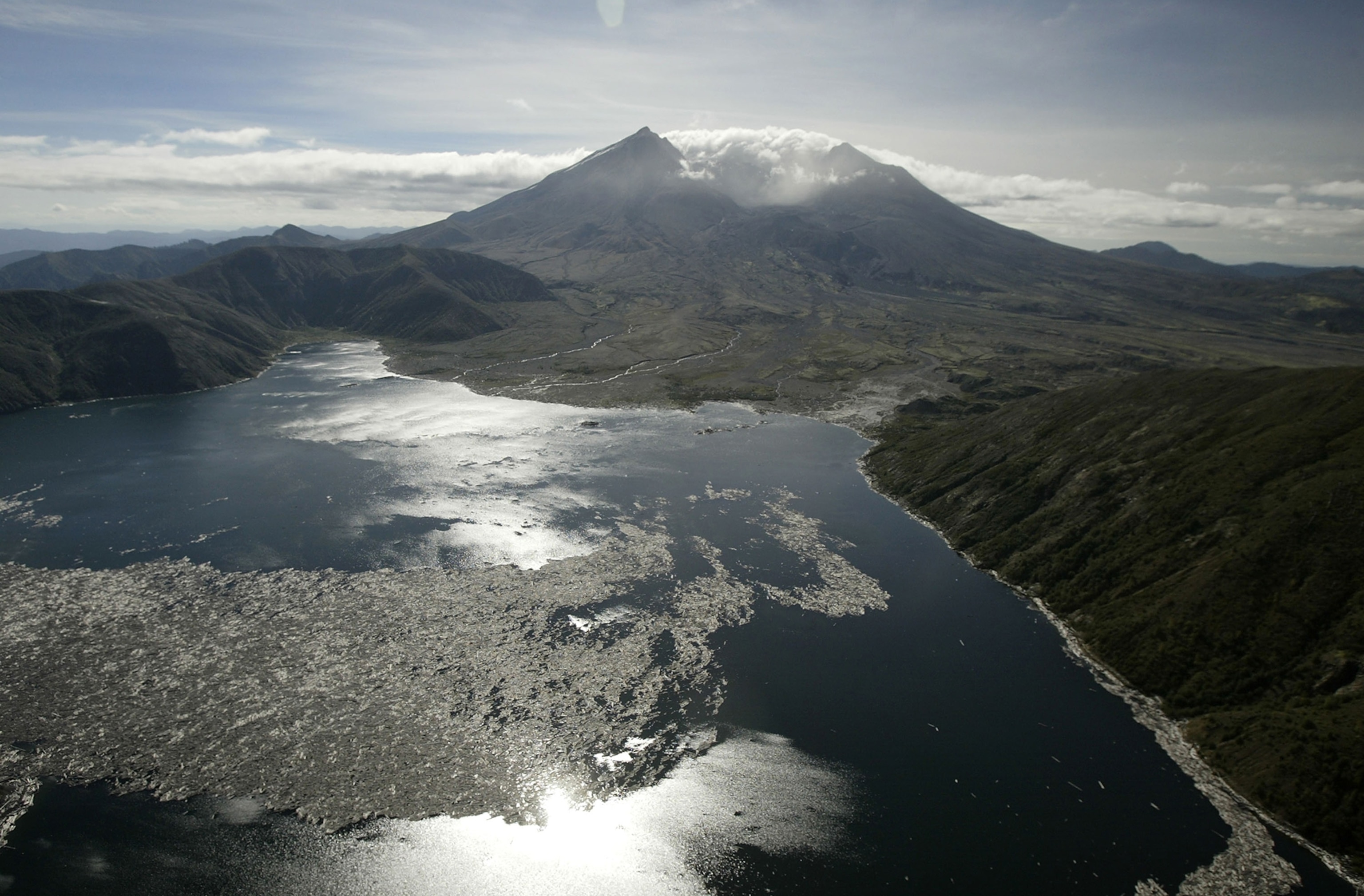
Today, Mount St. Helens has become a kind of natural laboratory for the study of nature’s response to catastrophe. What is it teaching us?
Scientists have learned so much from watching how plants and animals returned to the area around Mount St. Helens. It has transformed their understanding of this kind of event. What they discovered is that it’s a lot less deterministic than they thought: There’s an element of randomness with regard to which plants and animals first colonize an area when a disaster occurs.
In the case of Mount St. Helens, some areas were still covered by snow and ice when the eruption occurred. Small plants, trees, and mammals beneath the winter snow survived the eruption and now thrive. The animals that emerged into this devastated landscape found that many of their predators had been wiped out, so there were population explosions of things like frogs, which had been hibernating in the mud. They emerged from the mud when everything melted to this radically transformed world. Today, it is the most biologically diverse area in Washington State.
Is she dormant now? Or might Mount St. Helens blow her stack again one day?
Mount St. Helens has been active on a regular basis for thousands of years. Even if it does not erupt in the immediate future, it will erupt again. But no one knows exactly when. The volcano was active most recently from 2004 to 2008, rebuilding the lava dome inside the hollowed-out crater from the 1980 eruption. It’s not active right now. But it could become active at any moment.
Editor's Note: An earlier version of this story included an image of Mount Shasta, in northern California, which was incorrectly identified as Mount St. Helens. The photograph of Mount Shasta has been removed and replaced by one of Mount St. Helens.
This interview was edited for length and clarity. Simon Worrall curates Book Talk. Follow him on Twitter or at simonworrallauthor.com.




